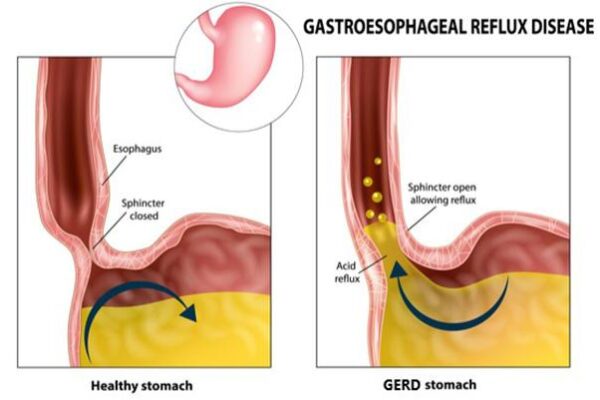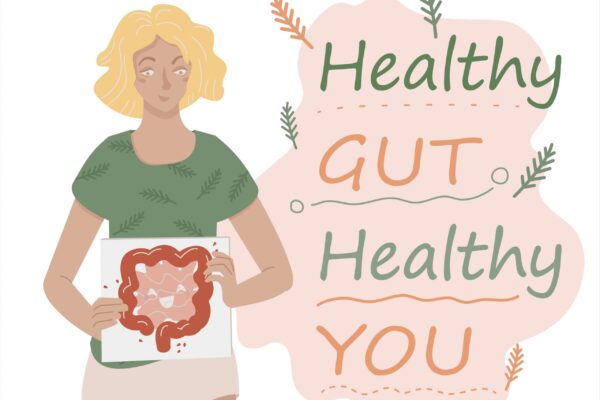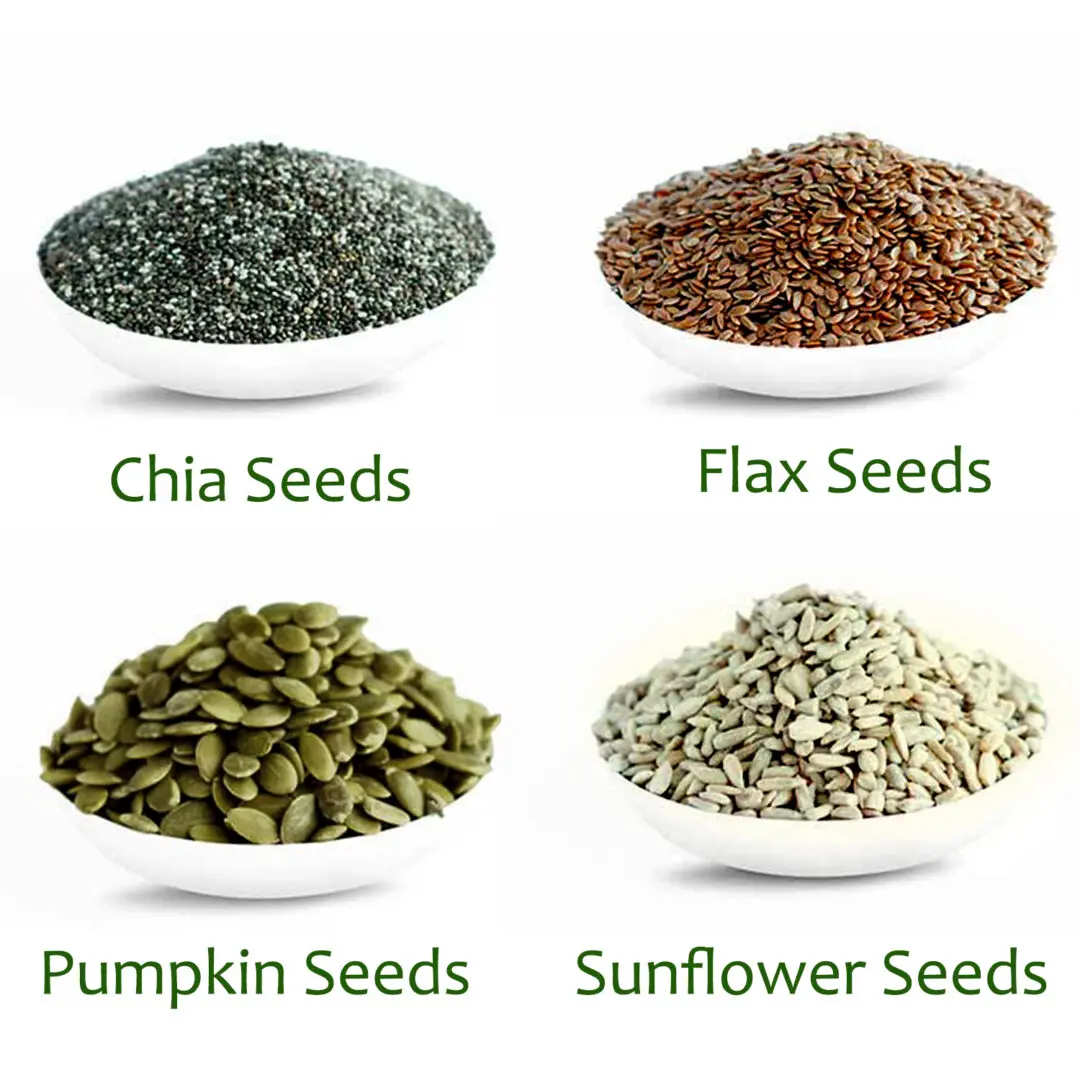Raw Foods

A raw food diet is the dietary practice of eating only, or mostly, uncooked, unprocessed foods. Raw food diets may include a selection of fruits, vegetables, nuts, seeds, eggs, fish, meat, and dairy products.
The goal of eating raw foods is to obtain plenty of nutrients in an easy to digest manner. There is no need to go completely raw (Dr. Axe, 2017) making sure to consume some raw fruits every day is important to everyone.
Sometimes eating cooked foods are harder to digest than raw foods, plus some nutrients are loss when cooking (Dr. Axe, 2017). Raw foods help to alkalize the body and reduce acidity.
A raw diet is contraindicated for thyroid health conditions. Many vegetables in the cruciferous family such as kale, broccoli, cauliflower, cabbage, mustard greens and brussel sprouts contain goitrogens. For individuals with thyroid issues, goitrogens may block thyroid function and can eventually lead to goiter and hypothyroidism. Goitrogens can worsen the ability of the thyroid to produce important hormones. Goitrogens can be deactivated by heat. So, cooking vegetables can deactivate a good amount of goitrogens.
Raw food diet is warranted with people who have high blood pressure and high cholesterol. Raw foods high in fiber offer many benefits which include lowering the blood cholesterol levels, lowering the risk of heart disease, improving blood glucose control, reducing risk of cancers and improving gastrointestinal functions. Americans eat about half of the recommended daily dietary fiber. Adding more raw foods to your diet can easily increase fiber intake.
A raw food diet might be warranted for an individual with fiber. Adding raw foods to the diet can easily add fiber to the body and alleviate diarrheal stools.
A raw food diet is warranted with people with heart disease. – Foods high in unhealthy fats have a direct negative effect on the heart and can lead to heart disease and eventual failure. A diet that includes living raw foods such as fruits, nuts, seeds, and sprouted grains and beans significantly reduces the risk of heart disorders. Studies conducted on the relation between consumption of raw fruits and vegetables and the incidence of heart disorders concluded that an increased consumption of fruits and vegetables significantly reduced this risk. It’s also noted that the levels of ‘bad’ cholesterol (HDL) decreased while the ‘good’ cholesterol (LDL) increased. This control of cholesterol prevents the occurrence of various heart disorders associated with high cholesterol levels.
Consuming a raw food diet may also negatively impact your cholesterol levels. According to research published in the “Journal of Nutrition†a raw food diet may improve your triglyceride levels, but hinder your HDL, or good, cholesterol.
Eating too few calories, maintaining a low body weight and consuming deficient amounts of calcium and vitamin D are significant risk factors for osteoporosis. Since many raw food diets are based upon low-calorie foods, such as fruits, vegetables and sprouted grains, and low in denser foods, it may be difficult to meet adequate calorie needed.
Although raw foods are indicated for certain conditions, it is not ideal for long term use.
Eating Raw Meat
Raw meat generally refers to any type of uncooked muscle tissue of an animal used for food. In the meat production industry, the term ‘meat’ refers specifically to mammalian flesh, while the words ‘poultry’ and ‘seafood’ are used to differentiate between the tissue of birds and aquatic creatures. There are many disease-carrying pathogens found in raw meats, and they differ according to the source, whether it be mammalian, poultry or seafood. Some disease-carrying pathogens found in beef are Salmonellas, Escherichia coli, Shigella, Staphylococcus aureus, and Listeria. One has to be very careful eating raw meat making sure that the animal are grass fed to reduce the spread of E.coli. Individuals need to be careful with food poisoning when eating raw meat. I personally would not recommend eating raw meats and some meat need to be cooked for the vitamins to be activated.
Most raw foodists are vegetarians but some also consume animal products. Some raw foodists also eat meat. Food poisoning can occur if the raw or undercooked beef is contaminated with a disease-causing organism. Cooking beef steaks or roasts to an internal temperature of 145 F followed by resting the meat for 3 minutes before eating kills most of these germs. Ground beef must be cooked to an internal temperature of 160 F. In my research, I did not find any indications where raw meat only is indicated for any condition. This is not ideal dietary practice in my opinion.
References
Dr. Axe (2016). Raw food retrieved from https://draxe.com/raw-food-diet/
Wikipedia (2017). Raw foods retrieved from https://en.wikipedia.org/wiki/Raw_foodism
Livestrong (2016). Dangers of Raw diet retrieved from http://www.livestrong.com/article/347498-dangers-of-a-raw-food-diet/
Eating Vegan retrieved from http://health.usnews.com/best-diet/vegan-diet
Authority Nutrition ( 2017) benefits of vegan diet retrieved from https://authoritynutrition.com/vegan-diet-benefits/
American Heart Association ( 2017). Vegetarian Diet retrieved from http://www.heart.org/HEARTORG/HealthyLiving/HealthyEating/Vegetarian-Diets_UCM_306032_Article.jsp#.WPFts2e1uM8
Wikipedia (2017) Fruitarianism retrieved from https://en.wikipedia.org/wiki/Fruitarianism
Nutrition facts.org ( 2017) Plant based diets retrieved from https://nutritionfacts.org/topics/plant-based-diets/
Juice fasting retrieved from https://www.mindbodygreen.com/0-2372/How-to-Juice-Fast-Safely.html










